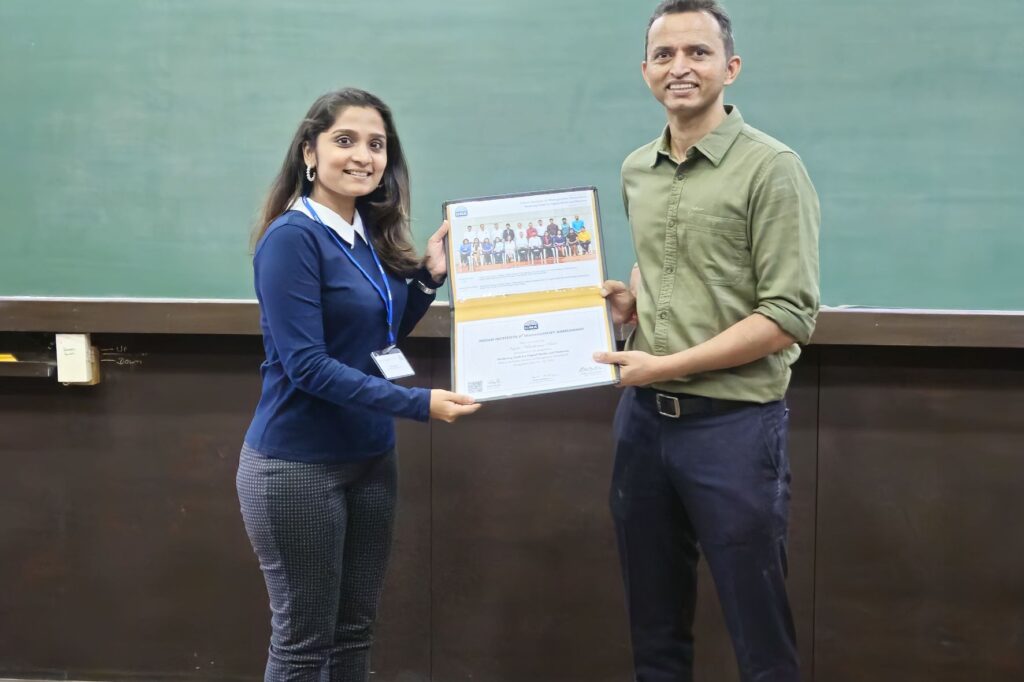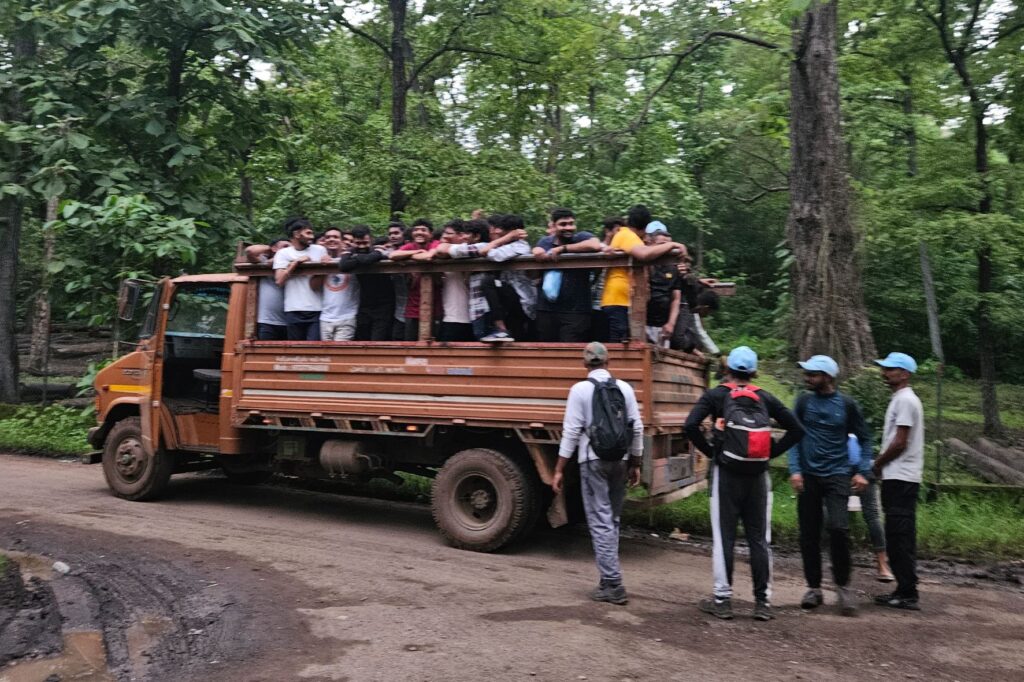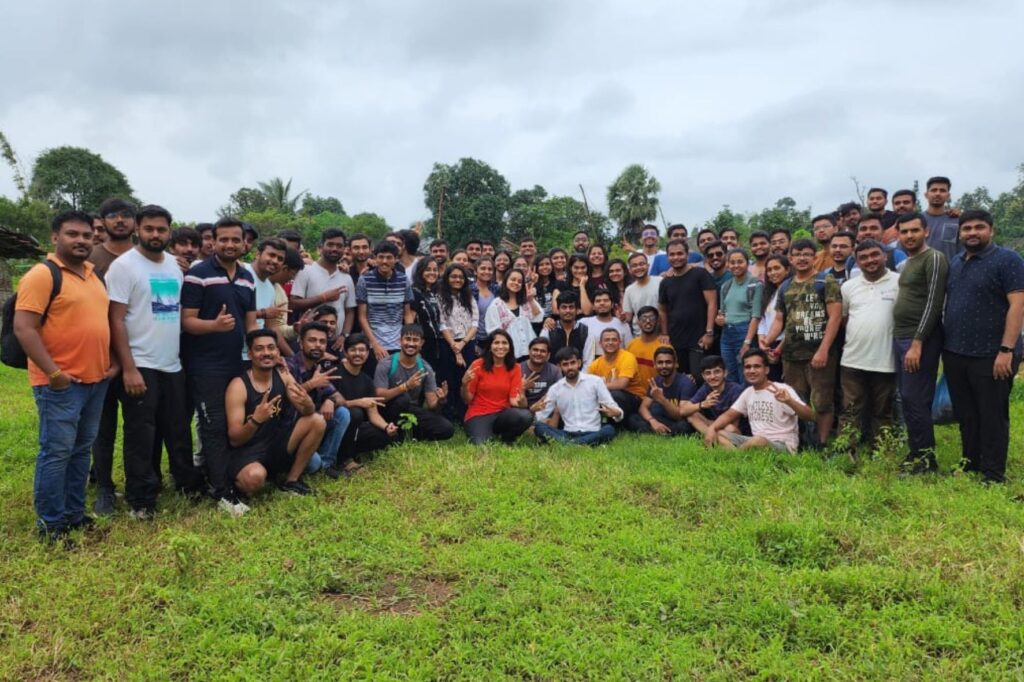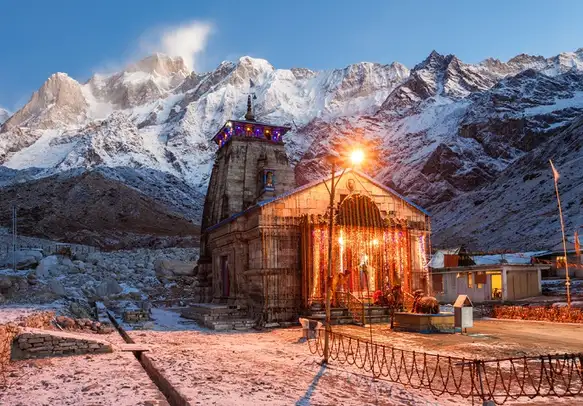
In Hinduism, Lord Shiva created his 12 Jyotirlingas for the prosperity of this world. Kedarnath is one of the 12 Jyotirlingas of India located in the Rudraprayag district of Uttarakhand. It is also considered amongst Chaardham and Panch Kedar (Kedarnath, Rudranath, Kalpeshwar, Madhyeshwar & Tungnath).
Akshaya Tritiya, the autumn full moon in April, is the only time when the temple is open to the general public due to extreme weather conditions. In the winter, the vigraha (deity) is brought down from Kedarnath temple to Ukhimath, where it is worshiped for six months. The Lord of Kedarkhand, the historical name of the region, is worshiped at Kedarnath as a homogeneous form of Shiva. Kedarnath temple is surrounded by mountains from three sides. One side there’s a 22000 ft heighted Kedarnath mountain, on the second side there’s 21600 ft heighted Kharchkund mountain and on the third side there’s 22000 ft heighted Bharatkund mountain. There is also the Sangam of five holy rivers – Mandakini, Madhiganga, Cheerganga, Saraswati and Swarnagauri.
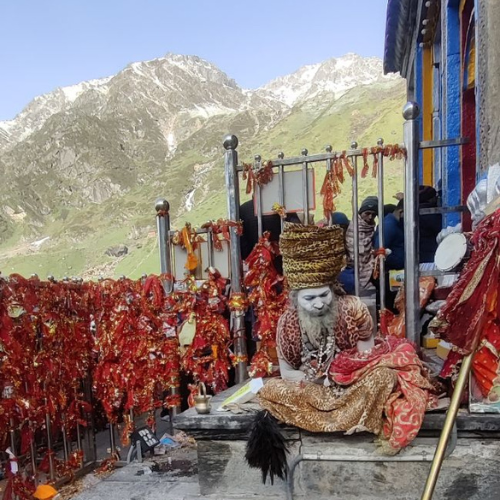

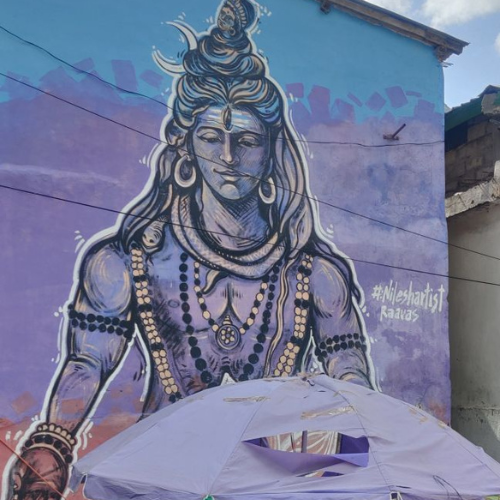
According to Vedas, it is believed that Kedarnath is a more than 1000 years old temple. It is said that the creation of Kedarnath temple was done by one of the descendants of Pandavas – Janmajay.
Pandavas are the heroes from the Hindu epic Mahabharata, and the story about Panch Kedar is told about how they defeated and slayed their cousins (the Kauravas) during the epic war of Kurukshetra. By atoning for their Gotra Hatya and Brahmahatya during the war, they hoped to compensate for their sins. As a result, they left to ask Shiva to relieve themselves of guilt for killing their blood relatives.
One of the sacred cities in India, Varanasi (Kashi), is praised by Shiva for its Kashi Vishwanath Temple, so they visited that city first. As they couldn’t find Shiva in Varanasi, they went to the Garhwal Himalayas. Due to Shiva’s anger at Kurukshetra, as well as his unwillingness to Pandavas’ prayers, Shiva took the form of a bull to roam and hide the Garhwal Himalayas to avoid Pandavas as he did not want to release them from their sins. As Bhima climbed two mountains, he started looking for Shiva. In front of him he saw a bull grazing near Guptakashi. He recognized the bull as Shiva immediately. The bull was caught by Bhima on its back legs and tail.
Nevertheless, the bull-shaped Shiva disappeared into the earth before reappearing in parts, such as the hump appearing in Kedarnath, the arms appearing in Tungnath, the face appearing at Rudranath, Madhyamaheshwar’s belly and hair appearing in Kalpeshwar’s hair. In response to Shiva’s reappearance in five different forms, the Pandavas built temples for worshiping him at each location.
It is also said that Bhima prevented the bull from disappearing when he caught it. According to this variant, the bull’s five main parts appeared at five sites throughout the Kedar Khand of Garhwal in the Himalayas.
Through the heavenly path, the Pandavas achieved heaven (moksha) after building the Panch Kedar Temples at Kedarnath and performing yagna. A similar architecture is used to construct the Panch Kedar Temples, which resemble the temples of Kedarnath, Rudranath, Kalpeshwar, Madhyeshwar and Tungnath in North-Indian Himalaya.
It is an unwritten religious tradition to visit Lord Vishnu at the Badrinath Temple after completing Lord Shiva’s darshan at the Panch Kedar Temples, as a last positive affirmation by the devotee that he has sought Lord Shiva’s blessings.
There really is no mention of Kedarnath in the Mahabharata, which follows the story of the Pandavas and the Kurukshetra War. The Skanda Purana (7th-8th century), which provides a tale about the Ganges river’s origin, contains one of the earliest references to Kedarnath. Shiva released the holy water from his matted hair at Kedara (Kedarnath), according to the Vedas.
The 8th century philosopher Adi Shankara died in the highlands near Kedarnath, according to hagiographies based on Madhava’s Sankshepa-shankara-vijaya; however, other hagiographies based on Anandagiri’s Prachina-Shankara-Vijaya indicate that he died in Kanchipuram. At Kedarnath, the ruins of a monument commemorating Shankara’s claimed death site can be found. [14] By the 12th century, when it is referenced in the Kritya-kalpataru authored by Gahadavala minister Bhatta Lakshmidhara, Kedarnath had become a well-known pilgrimage destination.
Teerth Kedarnath Purohits are the region’s old Brahmins; their forefathers (Rishi-Muni) have been worshiping the lingam since the time of Nar-Narayan. Narayana’s The Pandavas’ grandson, King Janmejay, granted them the privilege to worship at this temple, and they have been doing so ever since.

